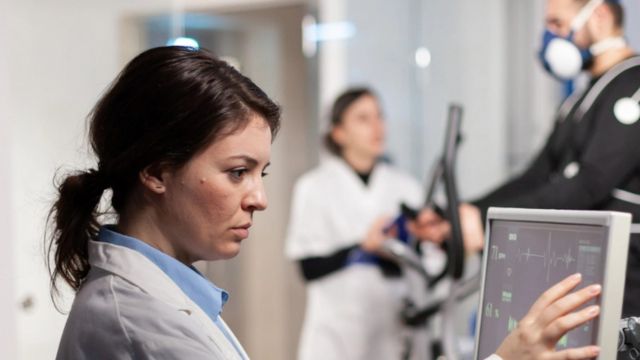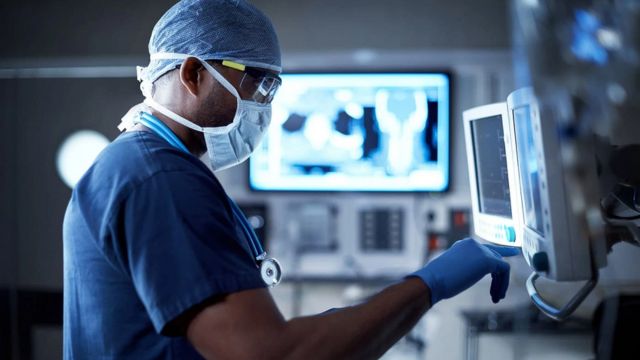Ensuring the safe and efficient use of medical tools and supplies is first priority in clinical engineering. User training is definitely one of the main features of this. Investing in thorough user training will significantly lower your risk of mistakes, injuries, and equipment breakdown regardless of your position—that of hospital administrator, clinical engineer, or healthcare practitioner. This post will go over why user training is crucial for medical supplies, typical errors brought on by incorrect use, and the actions one could take to avoid these problems.
The Role of Clinical Engineers in User Training
Medical device integration, maintenance, and safe operation all depend on clinical engineers in great part. They guarantee that equipment and tools are running as they should and follow health and safety regulations. Still, improper user training can cause even the most sophisticated equipment to fail.
From simple operation and maintenance to troubleshooting and knowledge of possible hazards, user training covers all. Working with medical professionals, clinical engineers design efficient training courses catered to particular equipment. This guarantees that everyone—from support staff to medical experts—knows the nuances of the tools they employ.
You may like this: The Latest Technologies Transforming Clinical Engineering in 2025
Common Mistakes Made Due to Lack of Training

- Incorrect Equipment Usage
One of the most common mistakes made by users is improper operation of medical equipment. This could range from setting incorrect parameters on life-saving devices to using diagnostic tools without fully understanding their functions. Inaccurate readings or improper settings can lead to misdiagnosis or treatment errors, putting patients’ lives at risk. - Failure to Perform Regular Maintenance
Medical supplies and equipment often require routine checks and maintenance to keep them in working order. Without proper training, users may neglect these vital tasks. For example, failure to clean, sterilize, or calibrate devices can compromise their accuracy and reliability, increasing the risk of infections or faulty readings. - Inadequate Handling and Storage
Certain medical supplies, such as sterile instruments, need to be handled with the utmost care. Misuse of packaging, improper storage, or mishandling of sensitive devices can result in contamination, deterioration, or malfunction. Training ensures that users understand the importance of handling equipment in a safe and hygienic manner. - Underestimating the Need for Safety Protocols
Every medical device and piece of equipment comes with its own set of safety protocols. Clinical engineers and healthcare professionals must understand these protocols thoroughly. A lack of training can lead to unsafe practices, such as ignoring warning signs, bypassing safety features, or improperly responding to device malfunctions. - Overlooking Legal and Regulatory Compliance
Medical devices are subject to strict regulations and guidelines. Improper use or failure to comply with these regulations can lead to legal issues, financial penalties, or even shutdowns. User training often includes educating staff on legal requirements and how to document their actions for compliance purposes.
How User Training Can Prevent Mistakes
User training offers several benefits, primarily by ensuring that staff are well-prepared to handle medical supplies and devices effectively. Here’s how proper training can help:
- Reduction in Human Error: One of the main reasons for medical errors is human error. By providing regular training and refresher courses, you can reduce the likelihood of mistakes that occur due to lack of knowledge.
- Improved Patient Safety: Properly trained healthcare providers and clinical engineers are better equipped to operate medical devices, which directly leads to enhanced patient safety. Training ensures that users understand how to monitor and respond to device signals and alarms, preventing adverse events.
- Increased Efficiency and Productivity: When healthcare providers are familiar with the equipment they are using, they can work more efficiently. Training eliminates time spent troubleshooting or dealing with errors caused by misuse, which ultimately improves workflow and patient care.
- Compliance with Standards and Regulations: User training ensures that all staff members are aware of the necessary safety standards and regulations associated with the use of medical devices. This reduces the risk of non-compliance and helps healthcare institutions avoid costly fines and reputational damage.
- Cost Savings: Proper training minimizes equipment downtime, reduces the need for costly repairs, and prevents expensive errors. When medical devices are used correctly, their longevity is extended, saving the hospital or clinic money on replacements and maintenance.
Key Components of Effective User Training
To ensure that user training is effective, several key components must be considered:
- Hands-on Demonstrations: Providing practical, hands-on training where users can interact with medical devices is crucial. This helps them become familiar with the controls, features, and maintenance procedures in a real-world setting.
- Comprehensive Documentation: Clear, accessible manuals and training materials should accompany all medical devices. This documentation should detail the proper use, maintenance procedures, troubleshooting steps, and safety protocols.
- Ongoing Education: Regular refresher courses should be scheduled to keep users up to date with new technologies, regulations, or procedures. The healthcare industry is constantly evolving, and staying informed is crucial to maintaining high standards of care.
- Feedback and Evaluation: After the training, feedback from participants should be collected to evaluate the effectiveness of the program. This feedback can help identify areas for improvement and ensure that the training is addressing the real needs of users.
You may like this: How To Choose The Right Clinical Engineering Team For Your Medical Facility
Conclusion
User training for medical supplies is not only vital but also rather significant in the field of clinical engineering. It guarantees compliance with laws, lowers mistakes, guarantees the safe, effective, and efficient use of medical equipment, and so guarantees patient safety. For healthcare facilities, funding training is funding patient care, operational effectiveness, and long-term success.
Stay informed and keep up with the newest in medical supplies and clinical engineering—your call to action (CTA!). Visit JandJ Supplies for useful information, news, & updates to help you better grasp medical technologies and thereby increase patient safety. To have professional insights sent right to your email, register for our newsletter!








